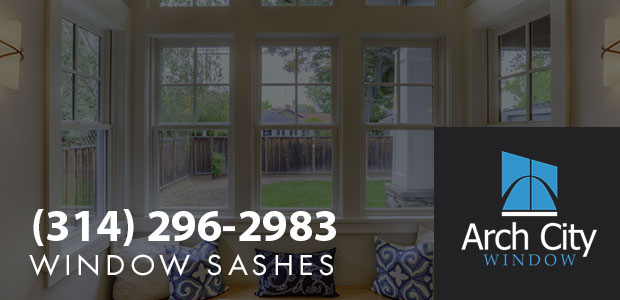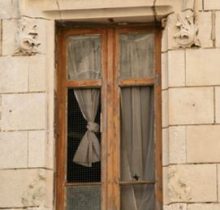Window Sashes
 Click To Call
Click To Call
You should consider replacing your sash windows if:
Your window is stuck and won’t open or close.
It leaks when it rains.
You feel a draft.
Your window rattles.
The wood shows signs of rot.
The sash is visibly warped or distorted.
While it is possible to repair these older sash windows, it can be cheaper in the long run and more energy-efficient to replace those older windows with their newer counterparts which can still retain the classical look of your home. Today’s sash windows are made of durable vinyl that can last up to 40 years and although they typically have the appearance of having several smaller panes held together in a single frame, they generally consist of one large pane. Over time, the ropes used in older sash windows can fray and rot, and chains can rust and break, so the modern version uses springs concealed within the frame to aid in opening and closing the window.
Our windows give your home the look of traditional multi-paned sash windows with the benefits of the latest technologies that make your windows highly durable and energy efficient. Even in older homes, our sash windows give the appearance of old world charm and won’t look out of place or too modern. Replacing your older windows with modern sash windows will not only show off your home’s beauty while keeping its traditional style but your home’s interior will be comfortable all year round and it’ll save you money on energy as well.
The History of Sash Windows
Sash windows are windows that consist of a movable frame that holds several panes of glass together using glazing bars (moulded strips of wood) and traditionally, there are 6 panes on the top sash and 6 on the bottom but this can vary. They are made up of a frame and two sashes (the moveable part of the window) that slide up and down, one in front and the other in back, both sliding in vertical grooves. If the top sash is smaller than the bottom, it is known as a cottage window. Modern sash windows not only move up and down but also tilt inward for easy cleaning so homeowners don’t have to use a ladder to access the outside of the panes. Double-hung sash windows have two sashes that can both move up or down allowing them to be opened in equal amounts to create a flow of air in a room to cool the room, which, in the days before electricity, proved to be a breakthrough for dealing with hot summer nights, but is still effective way to ventilate a room today. Warm air rises, and as it rises up and out the top opening of the window creating a low pressure that brings in cooler outside air at the bottom. It warms, rises and flows, creating a natural, cooling ventilation. Single-hung sash windows have two sashes, but the top one is fixed, usually with pins or wooden pieces, and the bottom one opens and closes.
The invention of sash windows remains a mystery. The oldest sash windows existing today are in England and date back to the 1670’s but most likely originated in Holland or France. The oldest evidence of sash windows comes from a Dutch painter named Johannes Vermeer in his painting The Milkmaid in which a young woman can be seen pouring a pitcher of milk at a table in front of a many-paned sash window. However, the word “sash” comes from the French word “chassis” meaning “frame”, which may indicate that the sash window did indeed come from France.
Their popularity took off throughout the British aristocracy, but the functionality of sash windows was too good to be saved only for the elite. In the 17th century, city streets were much narrower and windows that swung outward could be a hazard to anyone who happened to be passing by, so builders began using the vertically-opening sash windows. Originally, they had thick glazing bars (cross bars) and small panes due to the poor quality of glass at the time. As the quality of glass improved, larger panes could be used and glazing bars narrowed. The 6 over 6 sash window is Georgian, although 8 over 8 was also popular in this style of architecture. In the Victorian era, most people had 2 over 2 sash windows in their homes, but a growing number of people used a variety of configurations, including the use of sidelights, which were smaller windows placed alongside larger windows. Today, there are many different sash windows to choose from to fit your home’s style.
To make sash windows easier to open and close, the weight of the panel is usually balanced by a heavy counterweight of steel, lead or cast-iron hidden within the frame and use a rope or chain with a pulley. Typically, slightly heavier weights are used on the top sash than on the bottom to make it easier to open and close. By having the sash balanced and hung by the top of the window, it is much less likely to become distorted than the older side-hinged windows.
Because oak was expensive, builders started using cheaper wood for windows in the mid-1900’s, a practice that resulted in decaying windows, much earlier than those of the 1800’s. These wood sash windows deteriorate over time and can cause many problems.













